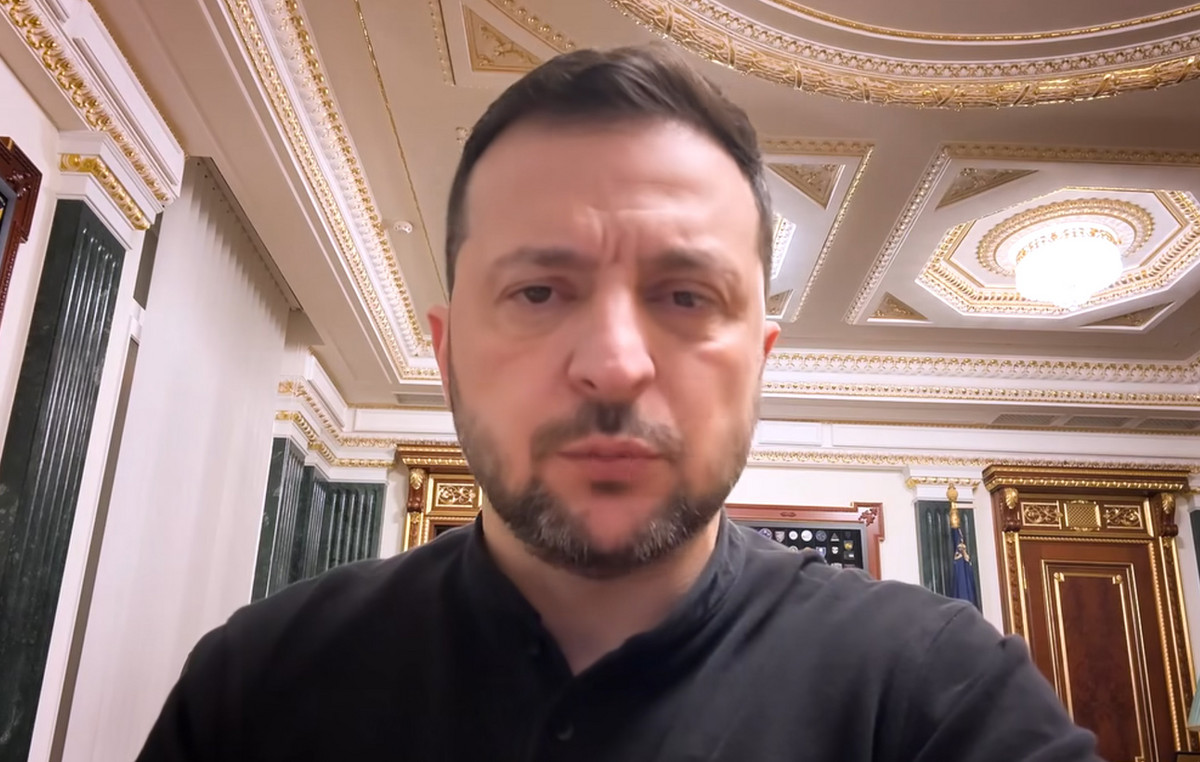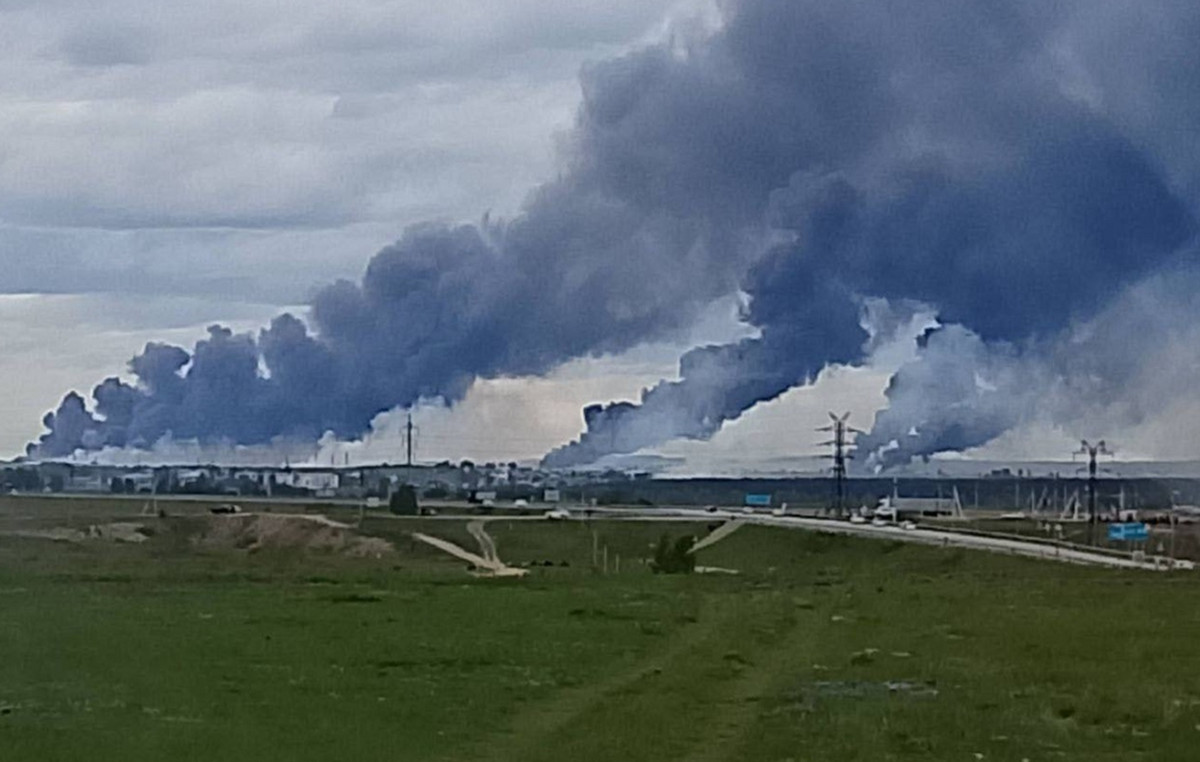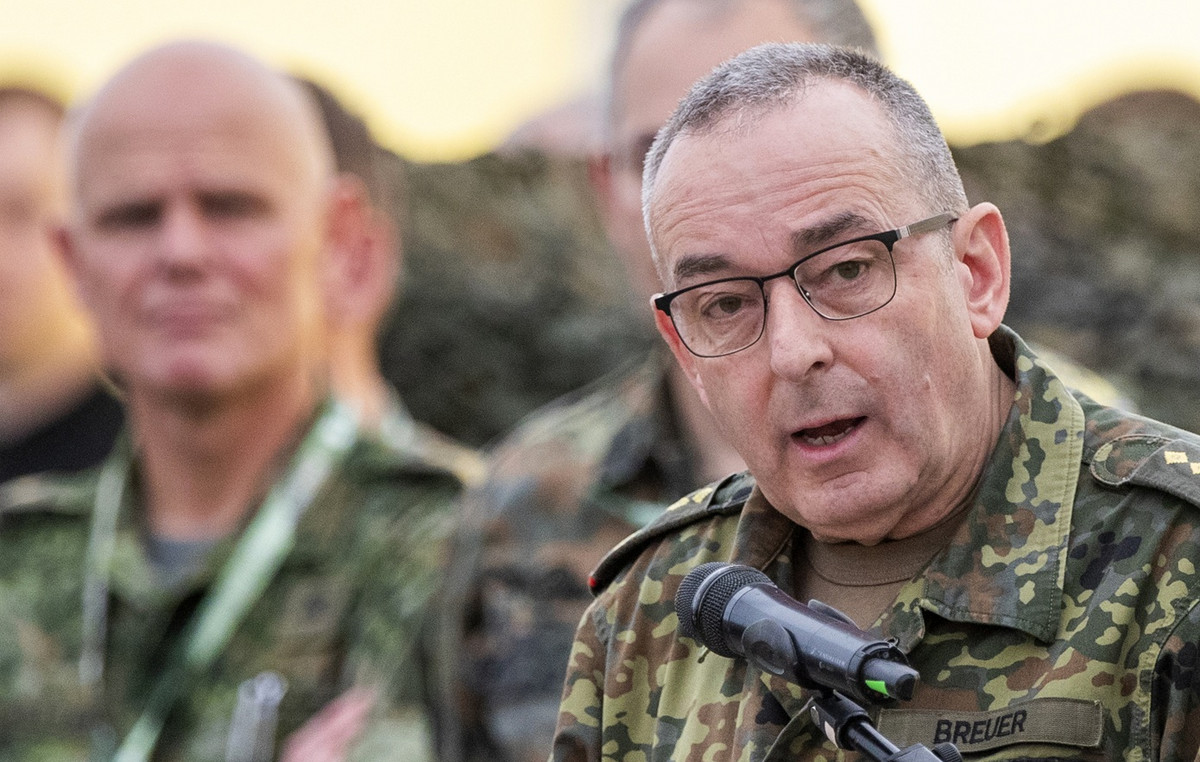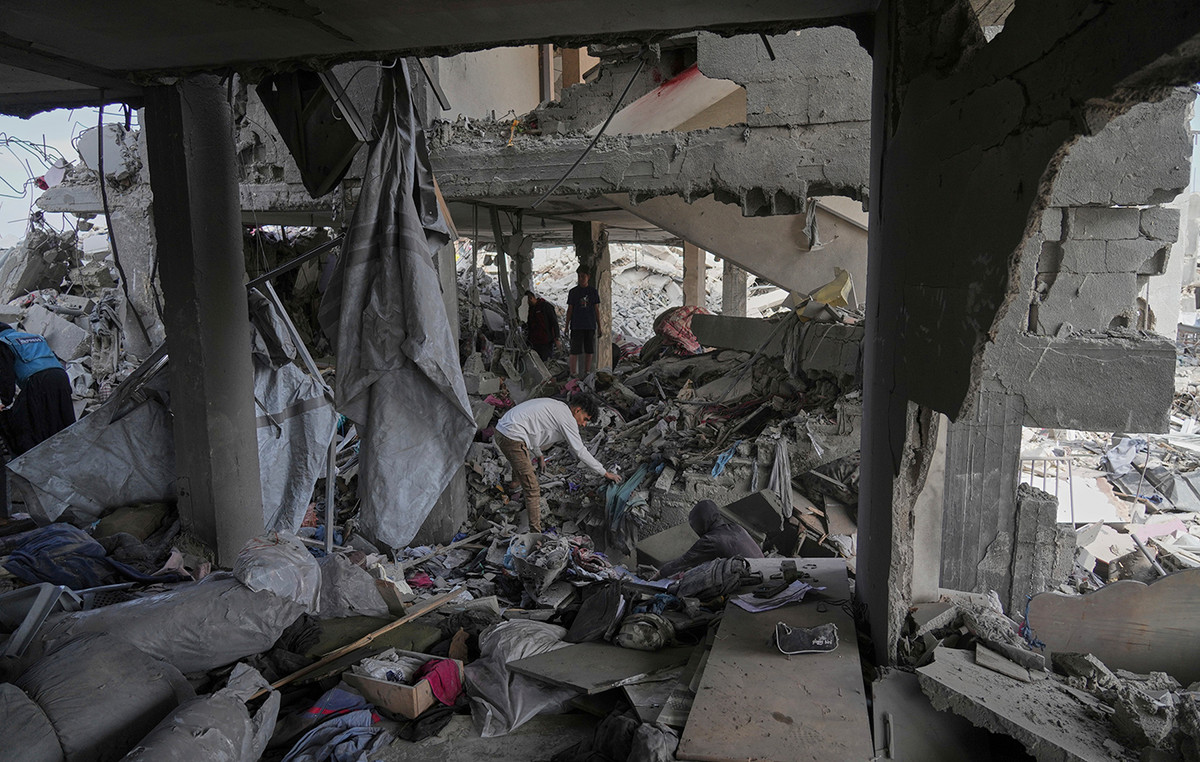The unison choir that sang the chorus of the last song by The Cure, the English band that closed the second São Paulo version of the Primavera Sound festival this weekend, was a portrait of the excellent edition of the Catalan event in Brazilian lands. The audience still showed up in droves even late on Sunday night and amplified the chorus of “Boys Don’t Cry” that lead singer Robert Smith – with his voice still impeccable even 40 years later – belted out at the end of more than two hours presentation, making the public face the long journey home from the Interlagos Circuit with a cleansed soul.
The Cure dominated the audience without any major difficulties and confirmed their importance as the festival’s main attraction by making several of their hits sung at the top of their lungs – at the same time that they invited the public to join their instrumental journeys in songs lasting almost ten minutes without distracting attention. of those present, all looking fixedly and smiling at the stage. Among the few new features in the repertoire of the current tour of Latin America, only the inclusion of “Charlotte Sometimes” (which only played in three of the six shows) and “Hot Hot Hot!!!” (which was only played in São Paulo, perhaps due to the temperature of the event). The rest of the more than two hour show featured classics such as “Pictures of You”, “Lovesong”, “Just Like Heaven”, “In Between Days”, “The Walk”, “Friday I’m in Love” and “ Close to Me.” The band was on fire and Robert Smith was clearly happy with the show.
It wasn’t the only show of its kind to get this kind of response. The crowd singing the chorus of “Domino Dancing” by Pet Shop Boys, going into a trance with Slowdive and ending up at the Killers show on Saturday and repeating the chorus of “Loser” by Beck and singing all the Bad Religion songs on Sunday They were also great moments of the weekend. The best positioned Brazilians in the lineup – Marisa Monte and Marina Sena, who played in the late afternoon of Saturday and Sunday respectively – also had these moments, although the veteran from Rio had a much larger range of hits for the audience to sing along to.
Marisa also provided one of the most exciting moments of the edition by breaking the fourth wall of her performance and interacting with the audience, a problem that affects most of her shows, in which she seems trapped in a dome. And she did so passionately by welcoming the muse and partner of the late Rita Lee, guitarist Roberto de Carvalho, to play two songs: “Doce Vampiro”, which she just re-recorded, and “Mania de Você”.
The harmony between public and artists, also characteristic of the 2022 edition of the festival, marked this year’s version, which had several moments of mutual interaction and vocals in English sung at the top of their lungs by a Brazilian audience enraptured by the music. Although it has suffered from a decline in contemporary artists (the biggest names in this year’s edition could have headlined a similar event fifteen or twenty years ago), the connection between the stage and the audience could have broken down if the festival didn’t work so well – even in adverse conditions.
The almost 30 degrees at the time the Cure ended their performance – at 11 pm on a Sunday – was a small sample of the inclement heat that cracked the fans’ heads and the faces of most of the artists during Saturday and Sunday. The few clouds in the sky and the few areas of shade placed the public under the strong sun for much of the festival, which opened its doors at noon on both days, forcing fans of the Brazilian bands that opened the festival, such as Getúlio Abelha, Mateus Fazeno Rock, Sophia Chablau & Uma Enorme Persida de Tempo and Aiyé, roasting in heat of more than 35 degrees.
It was a challenge for the production company T4F, which took over the production of the São Paulo version of the Barcelona festival this year, held shortly after the tragic fiasco that was the Rio shows of Taylor Swift’s tour in Brazil. The absurd heat of the occasion – which culminated in the death of a fan and hundreds of people in the clinic – mixed with the ban that the company established on the public taking water and the high price of products, including water, during the event.
This year’s edition of Primavera Sound São Paulo was a response that the company itself gave to the Rio disaster. In addition to not preventing the public from entering with their own bottles of water, many others were generously distributed during the event, especially to those who were close to the stages and did not want to leave to be close to the idol. In addition to distributing water, the festival also created hydration points – advertised on the screens between shows – and even provided sunscreen for the public to face the sun. But even with these welcome palliatives (it’s a shame that someone had to die for these parameters to change), the lack of shady places and the location of two stages that placed the artists to play facing the sun reinforced the intense heat as the main brand of this Spring.
Another positive point was the architecture of the event. Unlike other major music events held at the same Interlagos Race Track, Primavera Sound in São Paulo did not create corridors that acted as bottlenecks for the public to cross sponsor stands between one stage and another, creating unbearable situations for crowds. Traffic between the three main stages and the DJ tent was free and the entire event was held as if in a large park, with stages, sponsor stores and food areas always in open spots where it was possible to see the event horizon. The proximity between some stages ended up making the sound of some shows overlap and anyone who wanted to stay further back almost always heard the residual noise from a closer stage. The queues were also sparse, with the exception of Sunday, when the public had to wait longer to get drinks.
Even with everything working, the festival’s artistic side was also lacking, especially when compared to last year’s edition, which had Travis Scott, Jessie Ware, Lorde, Mitski, Phoebe Bridgers, Caroline Polachek, Arca, Japanese Breakfast, Mitski and Charlie XCX . Even veteran artists – such as Björk, Arctic Monkeys, Interpol, Beach House and Father John Misty – were releasing new albums, unlike the Cure, Beck, Killers, Bad Religion, Slowdive or Hives. The event even had its dose of contemporaneity, with good shows by Soccer Mommy, Black Midi, Carly Rae Jepsen, Blessed Madonna, Roisín Murphy and El Mató a Un Policía Motorizado, but it owed more contemporary artists as the main names on each of the days .
Also missing was the festival auditorium, a traditional space at the Barcelona festival where it is possible to watch smaller shows in a closed space for a seated audience. In the 2022 edition, the stage brought together Hermeto Pascoal, Tim Bernardes, Senor Coconut, Amaro Freitas, Julia Mestre, Josyara, Giovani Cidreira and José González, in performances that could take place on larger stages, but with less impact. In this year’s edition, which helps to expand the idea of diversity (also sound) at the event, this stage didn’t even exist.
Despite these considerations in relation to the artists’ age range – which inevitably had an impact on the audience, who were almost 40 years old (a radical change in relation to the twenty-somethings of the last edition) -, Primavera Sound São Paulo worked very well and consolidated itself as one of the best live events in Brazil today.
Source: CNN Brasil
I’m Robert Neff, a professional writer and editor. I specialize in the entertainment section, providing up-to-date coverage on the latest developments in film, television and music. My work has been featured on World Stock Market and other prominent publications.





